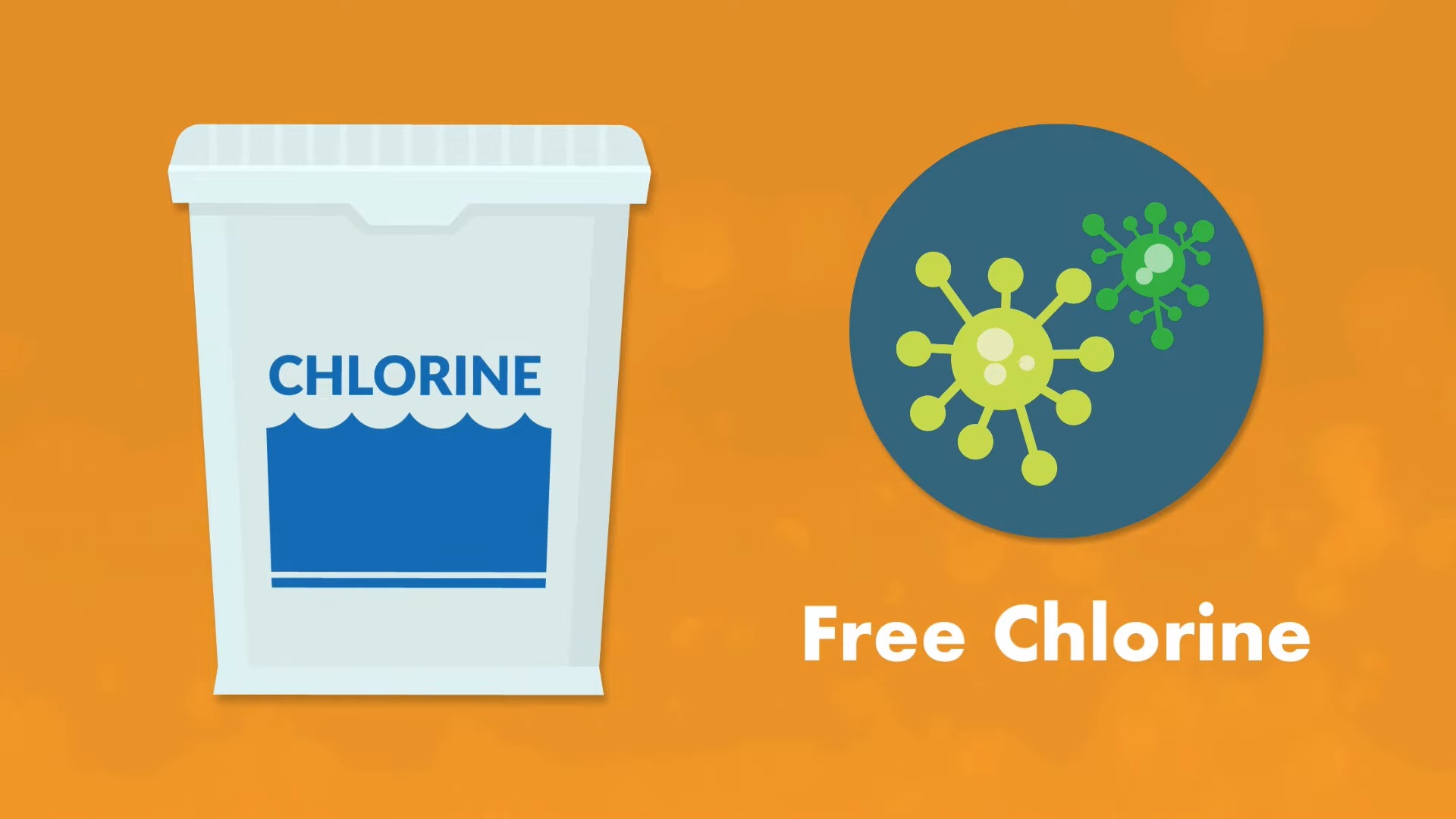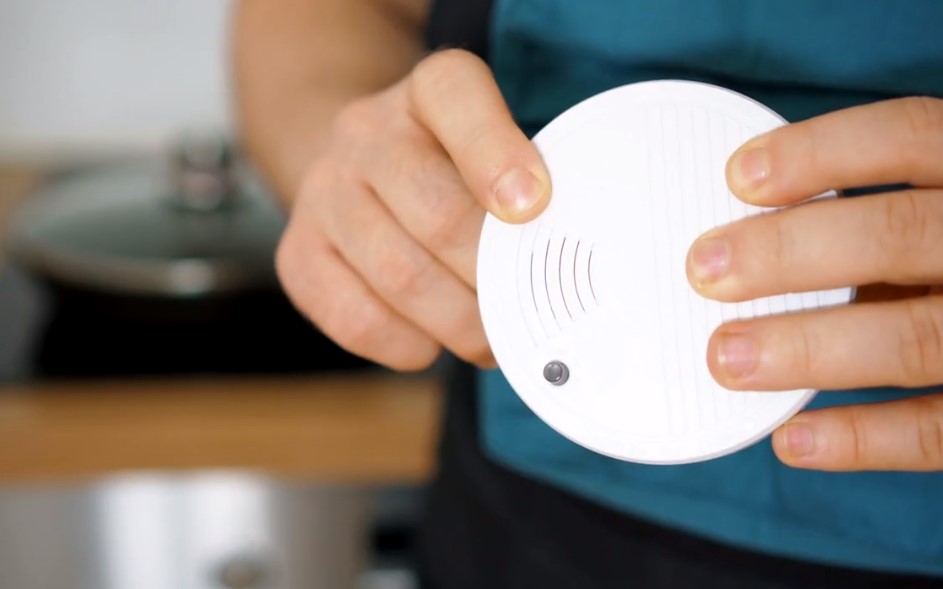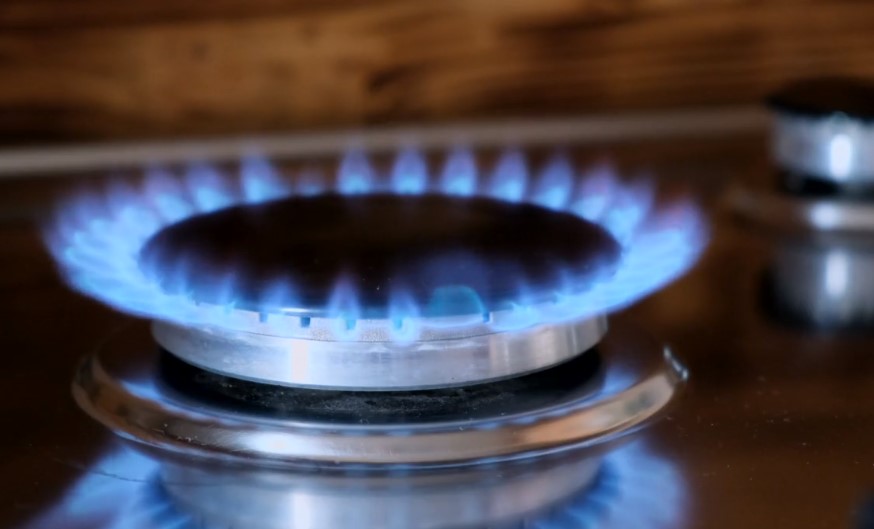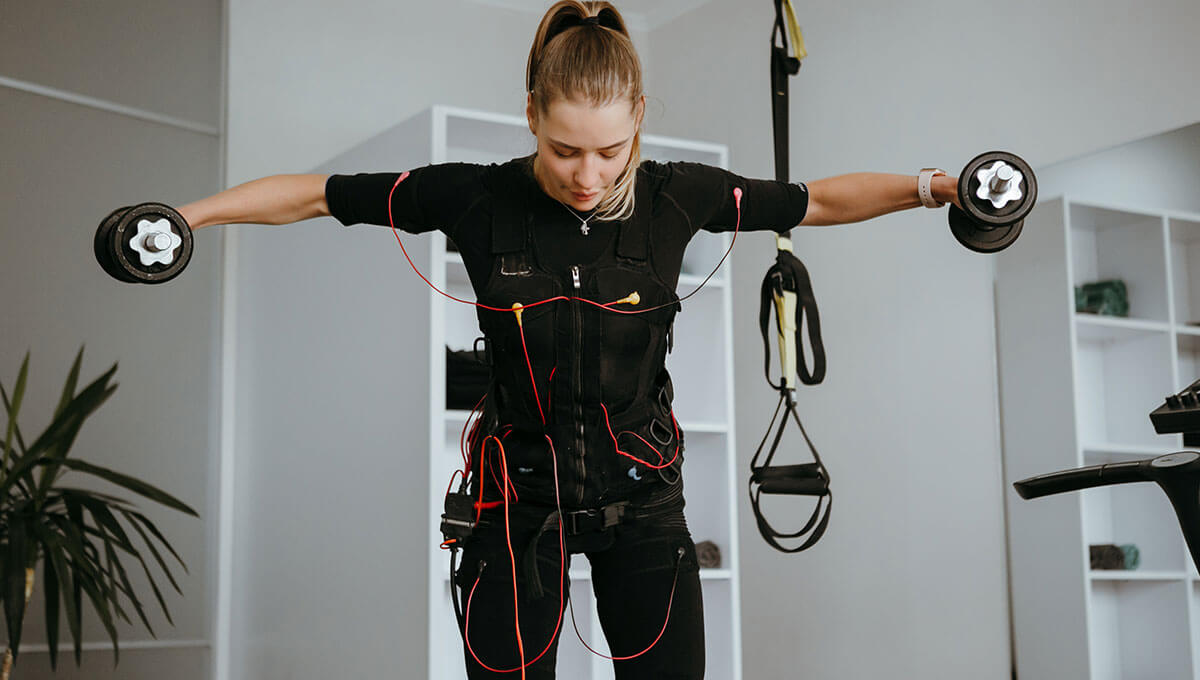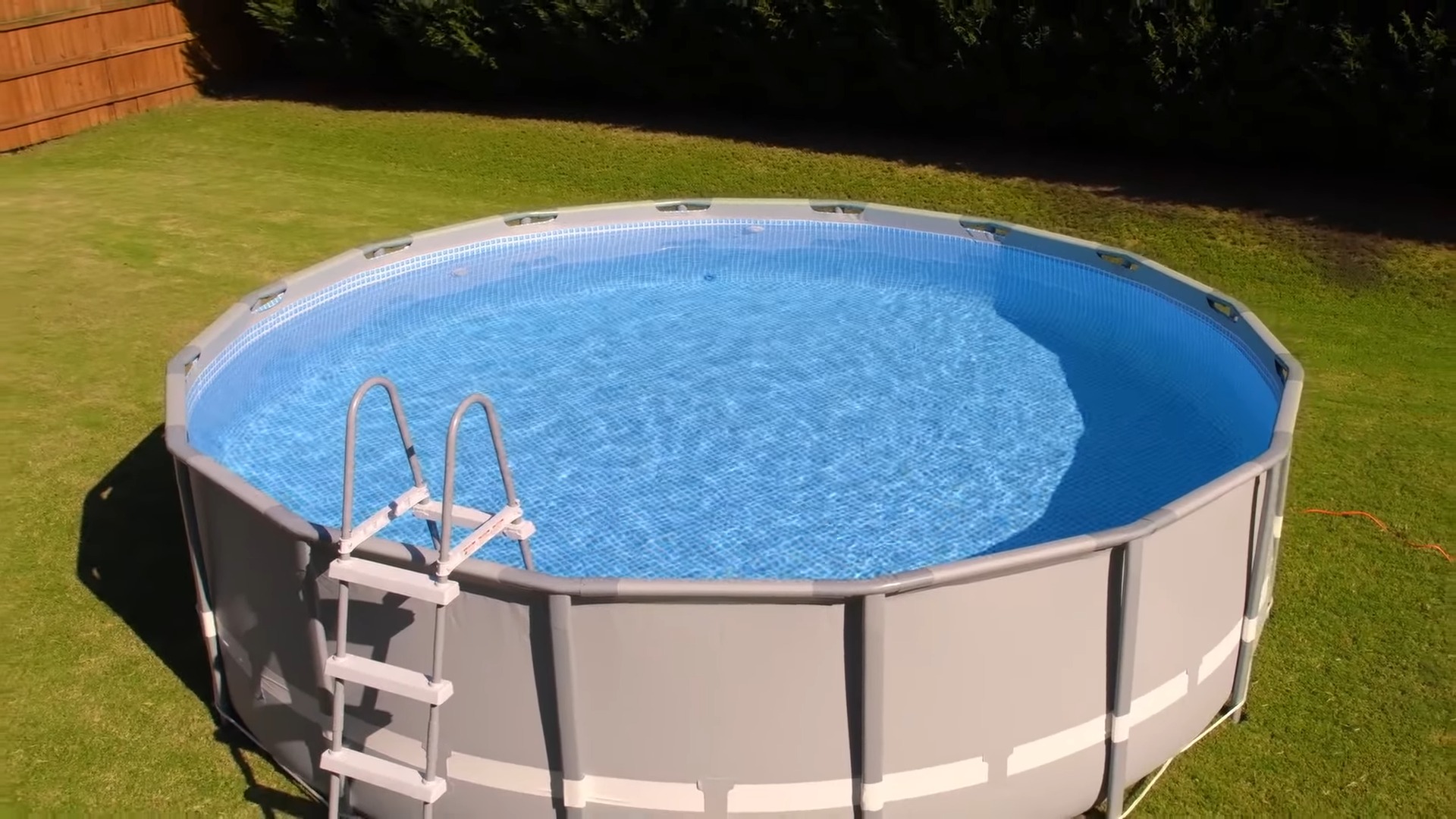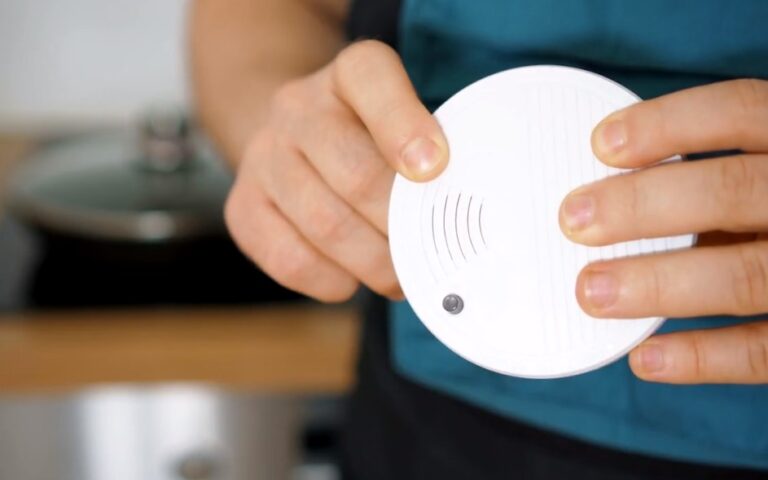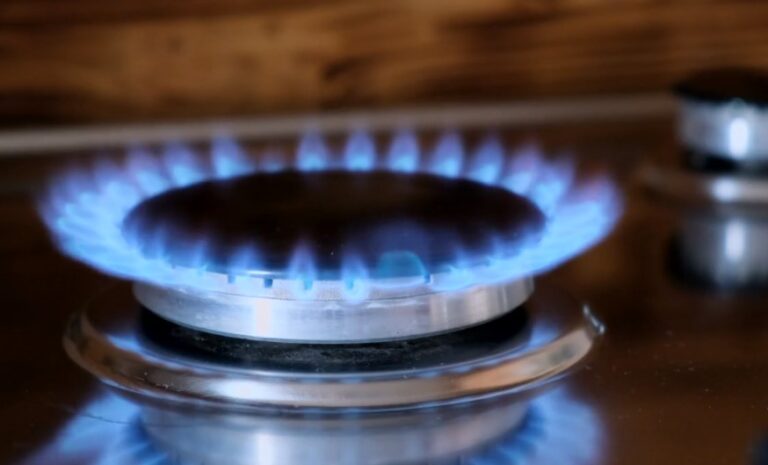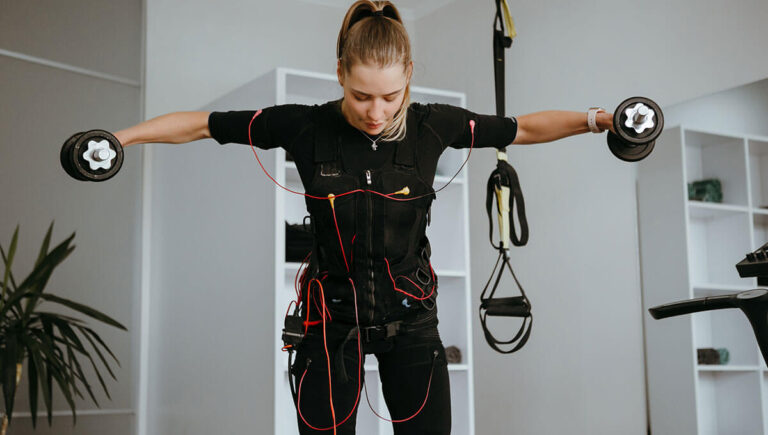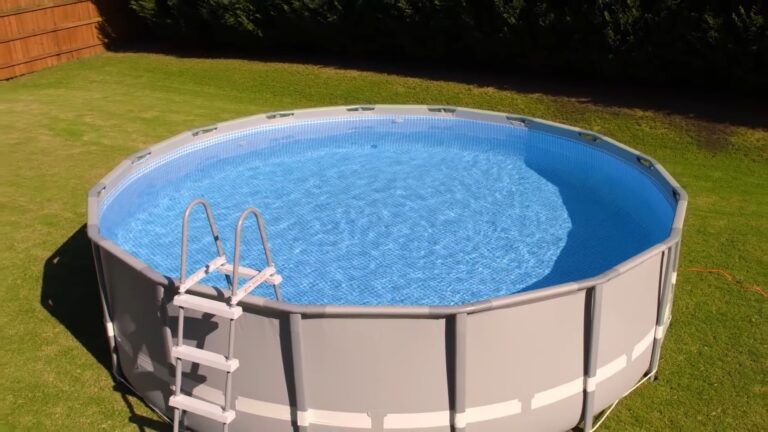Everyone wants their pool to be clean and safe. That’s why it’s important to know about free chlorine. It keeps the water clean by fighting off germs and makes sure the pool is a great place to swim. Knowing how free chlorine works helps keep pools enjoyable and healthy for everyone.
I will share more about the importance and proper use of this substance in the following sections.
Main Features
It plays a crucial role in pool sanitation, offering robust defense against contaminants to ensure a safe swimming environment. Below, I will share more about its characteristics, usage guidelines, and impact on water quality through clear and informative sections.
Essential Role in Sanitation
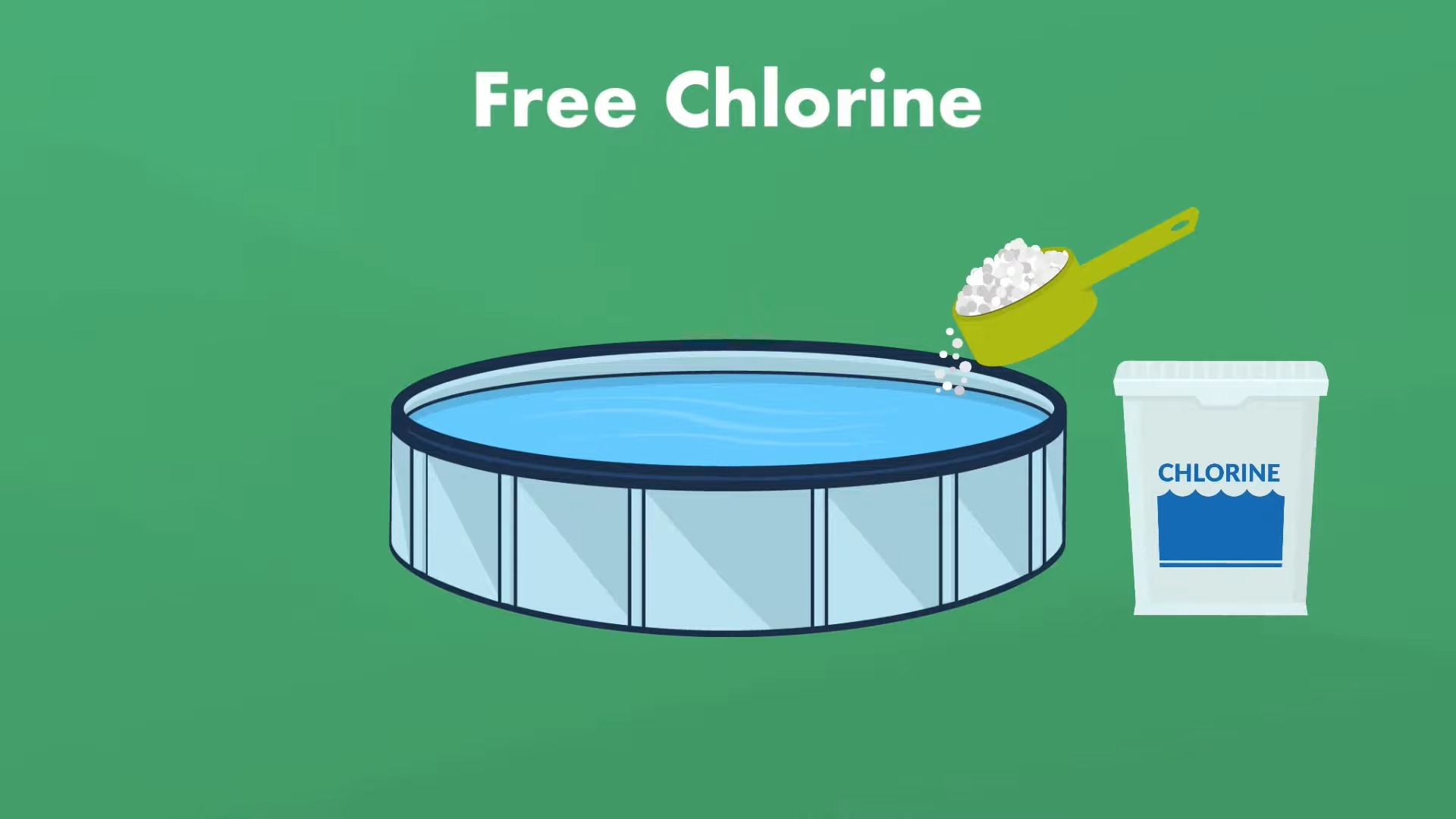
It acts as the active form that fights bacteria, viruses, and algae in pool water. It neutralizes threats upon contact, serving as the frontline defense in maintaining a clean pool. Optimal sanitation occurs when free chlorine levels stay between 1 and 3 parts per million (ppm), balancing effectiveness and safety.
It is crucial to know how much chlorine to add to your pool.
Interaction with Contaminants
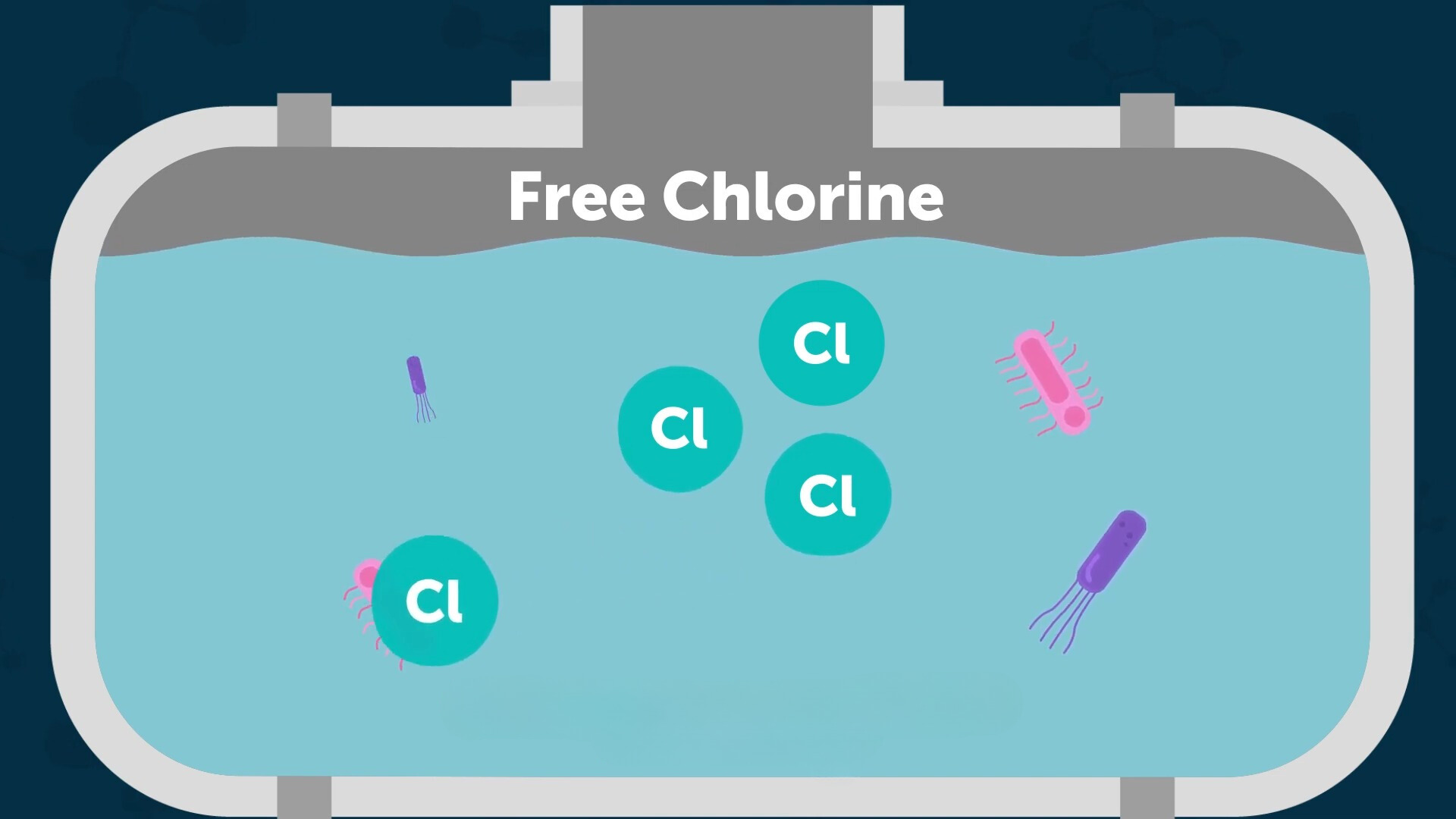
Upon encountering contaminants like skin oils, sweat, or urine, it neutralizes these unwelcome elements. This reaction transforms it into combined chlorine, also known as chloramines.
While less effective as a sanitizer, the formation of combined one indicates an ongoing purification process. Regular checks ensure that levels remain within the desired range, necessitating adjustments through addition or water dilution.
Why Balance is Important?
Correct balance is critical. Levels below 1 ppm may lead to under-sanitized conditions, encouraging bacterial and algae growth. Concentrations above 3 ppm could cause skin and eye discomfort. Frequent checks and adjustments keep levels optimal, ensuring pool water safety and comfort.
Health and Comfort
Adequate levels reduce the risk of waterborne illnesses, enhancing swimmer comfort and enjoyment. A strong odor often misconstrued as cleanliness actually signals high levels of combined chlorine, requiring adjustment to restore balance.
Minimizing exposure to combined chlorine, known for eye irritation and potential respiratory issues, protects swimmer health and wellbeing.
Routine Checks and Adjustment
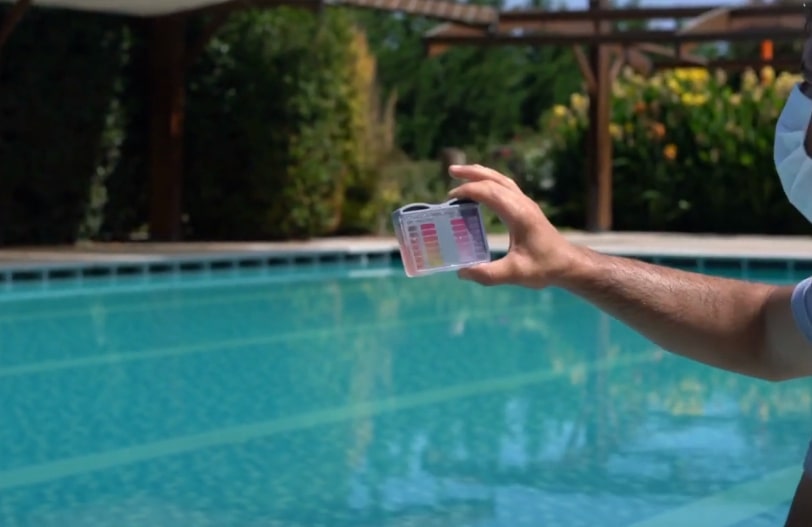
Effective pool management includes routine level checks. This proactive approach allows for timely adjustments, keeping water inviting and safe. Test kits or strips offer an easy way for pool owners to monitor water quality. Adding chlorine-based products rebalances levels as necessary, emphasizing the commitment to a clean, healthy swimming environment.
Other Types and Their Differences
When it comes to pool water sanitation, chlorine plays a key role. However, not all types serves the same purpose. Besides the free, pool owners must familiarize themselves with combined and total chlorine.
Each type has distinct characteristics and impacts on water quality and pool maintenance.
Combined Is Crucial for Proper Sanitation
Also known as chloramine, it results from the reaction between free and organic matter such as sweat, oils, and urine. Unlike free chlorine, which is available to neutralize new contaminants, combined has already reacted and thus holds a diminished capacity for further sanitation.
It’s recognized for the distinct smell often misattributed to cleanliness but actually signals the presence of contaminants. High levels of combined chlorine can cause discomfort, including eye irritation and a strong odor, pointing to the need for pool water treatment to restore free chlorine levels.
What is Total Chlorine?
It represents the sum of free and combined one in the pool water. This metric is crucial for understanding the overall balance and determining the necessary adjustments to maintain a healthy swimming environment.
By measuring total level, pool owners can gauge whether free is adequate for sanitation or if combined levels have risen to a point where they overshadow free chlorine’s effectiveness.
A higher total reading, compared to free, indicates an excess of combined chlorine, necessitating shock treatment to break down chloramines and replenish free.
Features and Impact
The primary distinction between these types lies in their ability to sanitize pool water.
Free remains the most effective agent for killing bacteria and viruses, whereas combined, though still a sanitizer, is less efficient and more likely to cause undesirable side effects.
Understanding the balance is essential for maintaining water quality and ensuring a safe, enjoyable swimming experience.
- Water Sanitation: Free chlorine directly attacks and neutralizes harmful organisms. Combined one, having already reacted with contaminants, offers limited additional sanitizing power.
- Effects on Swimmers: Free, within the recommended levels, is generally well-tolerated by swimmers. Combined, on the other hand, can lead to irritation of the eyes and skin, as well as contribute to the unpleasant odor.
- Maintenance: To maintain a healthy pool, attention must not only focus on replenishing free chlorine but also on reducing combined. Strategies include shock treatments, which elevate free chlorine levels to a point where combined chlorine compounds break down.
Strategies for Optimal Management
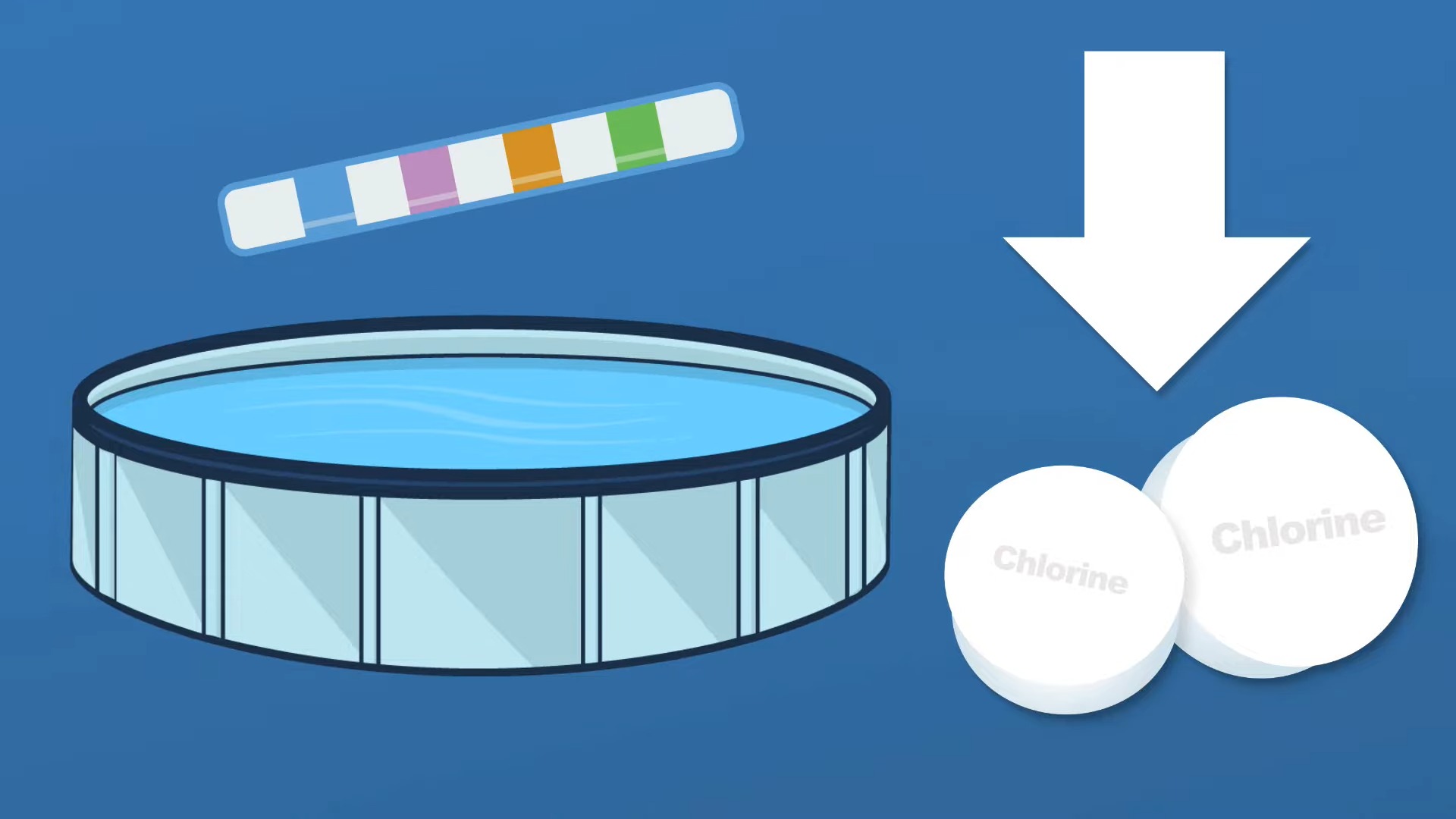
Effective pool maintenance requires a strategy that addresses the dynamics of chlorine types. Regular assessment of both free and total chlorine levels is crucial. When combined levels become significant, a shock treatment is often the most effective way to reset the balance, ensuring that free chlorine can perform its essential sanitizing function.
Additionally, understanding the sources of organic contaminants can help in preventing the excessive formation of combined chlorine. For instance, encouraging swimmers to shower before entering the pool can reduce the load on free chlorine, allowing it to focus on maintaining a clean and safe water environment.
FAQs
Here are some simple answers to your questions:
Can you swim in 4 ppm chlorine?
Yes, you can swim in 4 ppm chlorine. This is the maximum safe chlorine level recommended by the CDC and WHO for swimming pools.
Should I add shock or chlorine first?
You should add shock first, then wait for the chlorine level to drop to a safe range before adding more chlorine. Shocking your pool will oxidize and destroy organic contaminants and chloramines, making your chlorine more effective.
Does oxidizing shock raise free chlorine?
Yes, oxidizing shock can raise free chlorine by eliminating combined chlorine (chloramines) that consume free chlorine. Oxidizing shock can also reactivate chlorine that has been deactivated by cyanuric acid.
What is the ideal pH level for a pool?
The ideal pH level for a pool is between 7.4 and 7.6. This range prevents corrosion and scaling, allows chlorine to work efficiently, and avoids irritation to the eyes and skin.
Is 0.5 chlorine bad?
Yes, 0.5 chlorine is bad. This is a very low chlorine level that is not enough to sanitize your pool and prevent algae and bacteria growth. You should aim for a chlorine level of 2 to 4 ppm for optimal pool water quality.
Last Words
the distinction between free chlorine, combined chlorine, and total chlorine is fundamental to effective pool maintenance. Each type plays a specific role in the sanitation process, with free chlorine serving as the primary agent for clean water.
Recognizing and addressing the presence of combined chlorine is key to preventing irritation and ensuring the pool remains a welcoming place for all. Through diligent care and regular monitoring, pool owners can achieve the perfect balance, providing a safe, clean, and enjoyable swimming environment.

